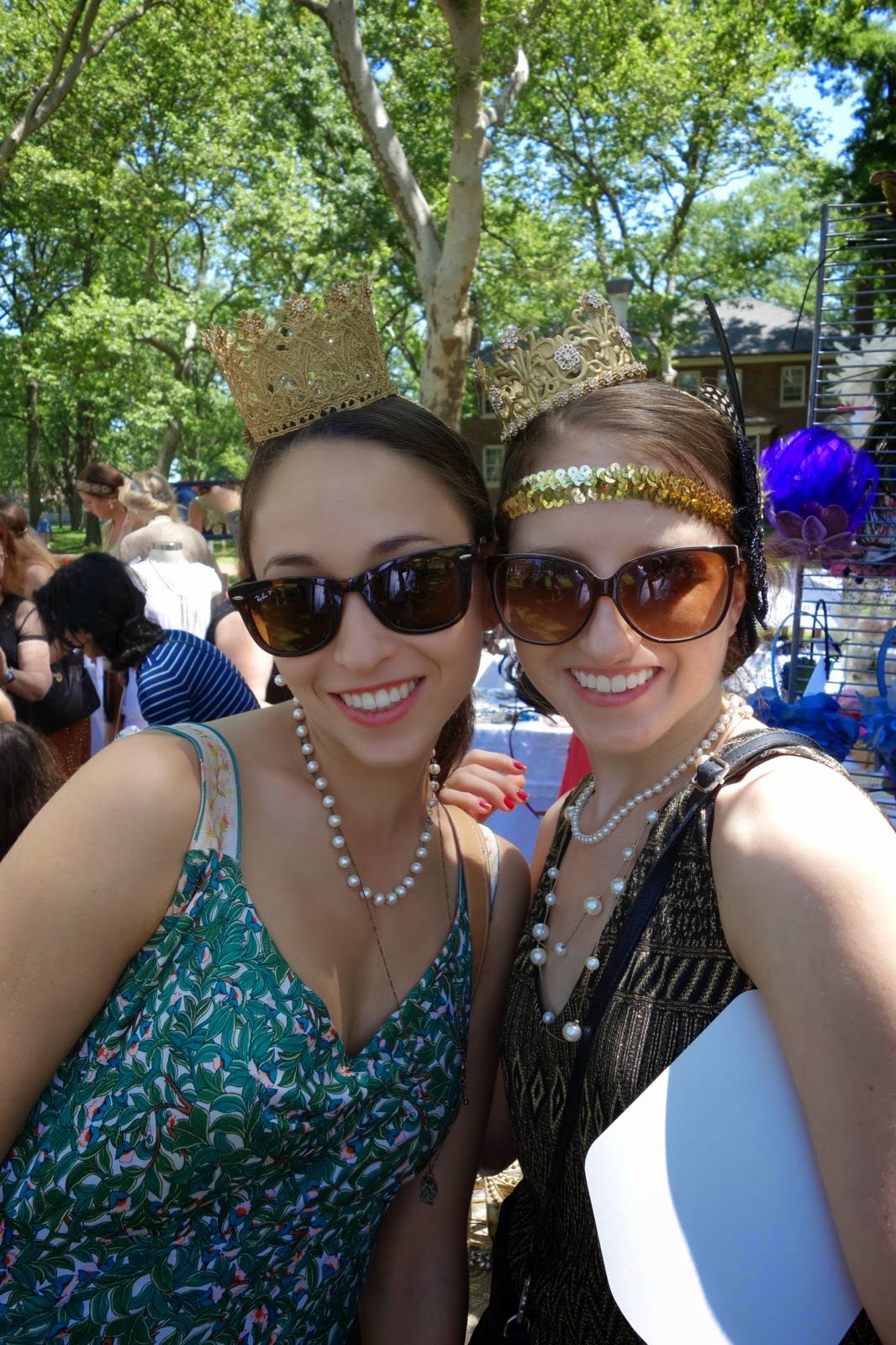From the New York Times:
For Fitness, Push Yourself
By Gretchen Reynolds
For Fitness, Push Yourself
By Gretchen Reynolds
Intense exercise changes the body and muscles at a molecular level in ways that milder physical activity doesn’t match, according to an enlightening new study. Though the study was conducted in mice, the findings add to growing scientific evidence that to realize the greatest benefits from workouts, we probably need to push ourselves.
For some time, scientists and exercise experts have debated the merits of intensity in exercise. Everyone agrees, of course, that any exercise is more healthful than none. But beyond that baseline, is strenuous exercise somehow better, from a physiological standpoint, than a relative stroll?
There have been hints that it may be. Epidemiological studies of walkers, for instance, have found that those whose usual pace is brisk tend to live longer than those who move at a more leisurely rate, even if their overall energy expenditure is similar.
But how intense exercise might uniquely affect the body, especially below the surface at the cellular level, had remained unclear. That’s where scientists at the Scripps Research Institute in Florida stepped in.
Already, these scientists had been studying the biochemistry of sympathetic nervous system reactions in mice. The sympathetic nervous system is that portion of the autonomic, or involuntary, nervous system that ignites the fight or flight response in animals, including people, when they are faced with peril or stress. In such a situation, the sympathetic nervous system prompts the release of catecholamines, biochemicals such as adrenaline and norepinephrine that set the heart racing, increase alertness and prime the muscles for getaway or battle.
At Scripps, the scientists had been focusing on catecholamines and their relationship with a protein found in both mice and people that is genetically activated during stress, called CRTC2. This protein, they discovered, affects the body’s use of blood sugar and fatty acids during moments of stress and seems to have an impact on health issues such as insulin resistance.
The researchers also began to wonder about the role of CRTC2 during exercise.
Scientists long have known that the sympathetic nervous system plays a part in exercise, particularly if the activity is intense. Strenuous exercise, the thinking went, acts as a kind of stress, prompting the fight or flight response and the release of catecholamines, which goose the cardiovascular system into high gear. And while these catecholamines were important in helping you to instantly fight or flee, it was generally thought they did not play an important role in the body’s longer-term response to exercise, including changes in muscle size and endurance. Intense exercise, in that case, would have no special or unique effects on the body beyond those that can be attained by easy exercise.
But the Scripps researchers were unconvinced. “It just didn’t make sense” that the catecholamines served so little purpose in the body’s overall response to exercise, said Michael Conkright, an assistant professor at Scripps, who, with his colleague Dr. Nelson Bruno and other collaborators, conducted the new research. So, for a study published last month in The EMBO Journal, he and his collaborators decided to look deeper inside the bodies of exercising mice and, in particular, into what was going on with their CRTC2 proteins.
To do so, they first bred mice that were genetically programmed to produce far more of the CRTC2 protein than other mice. When these mice began a program of frequent, strenuous treadmill running, their endurance soared by 103 percent after two weeks, compared to an increase of only 8.5 percent in normal mice following the same exercise routine. The genetically modified animals also developed tighter, larger muscles than the other animals, and their bodies became far more efficient at releasing fat from muscles for use as fuel.
These differences all were the result of a sequence of events set off by catecholamines, the scientists found in closely examining mouse cells. When the CRTC2 protein received and read certain signals from the catecholamines, it would turn around and send a chemical message to genes in muscle cells that would set in motion processes resulting in larger, stronger muscles.
In other words, the catecholamines were involved in improving fitness after all.
What this finding means, Dr. Conkright said, is that “there is some truth to that idea of ‘no pain, no gain.’” Catecholamines are released only during exercise that the body perceives as stressful, he said, so without some physical strain, there are no catecholamines, no messages from them to the CRTC2 protein, and no signals from CRTC2 to the muscles. You will still see muscular adaptations, he added, if your exercise is light and induces no catecholamine release, but those changes may not be as pronounced or complete as they otherwise could have been.
The study also underscores the importance of periodically reassessing the intensity of your workouts, Dr. Conkright said, if you wish to continually improve your fitness. Once a routine is familiar, your sympathetic nervous system grows blasé, he said, holds back adrenaline and doesn’t alert the CRTC2 proteins, and few additional adaptations occur.
The good news is that “intensity is a completely relative concept,” Dr. Conkright said. If you are out of shape, an intense workout could be a brisk walk around the block. For a marathon runner, it would involve more sweat.
“But the point is to get out of your body’s comfort zone,” Dr. Conkright, “because it does look like there are unique consequences when you do.”To realize the greatest benefits from exercise, we probably need to ramp up our workouts. It is interesting that a chemical in our bodies sends signals to our muscles when we work out. The harder we work out the more pronounced the results are. Therefore, everyone should get out there start working out hard!



